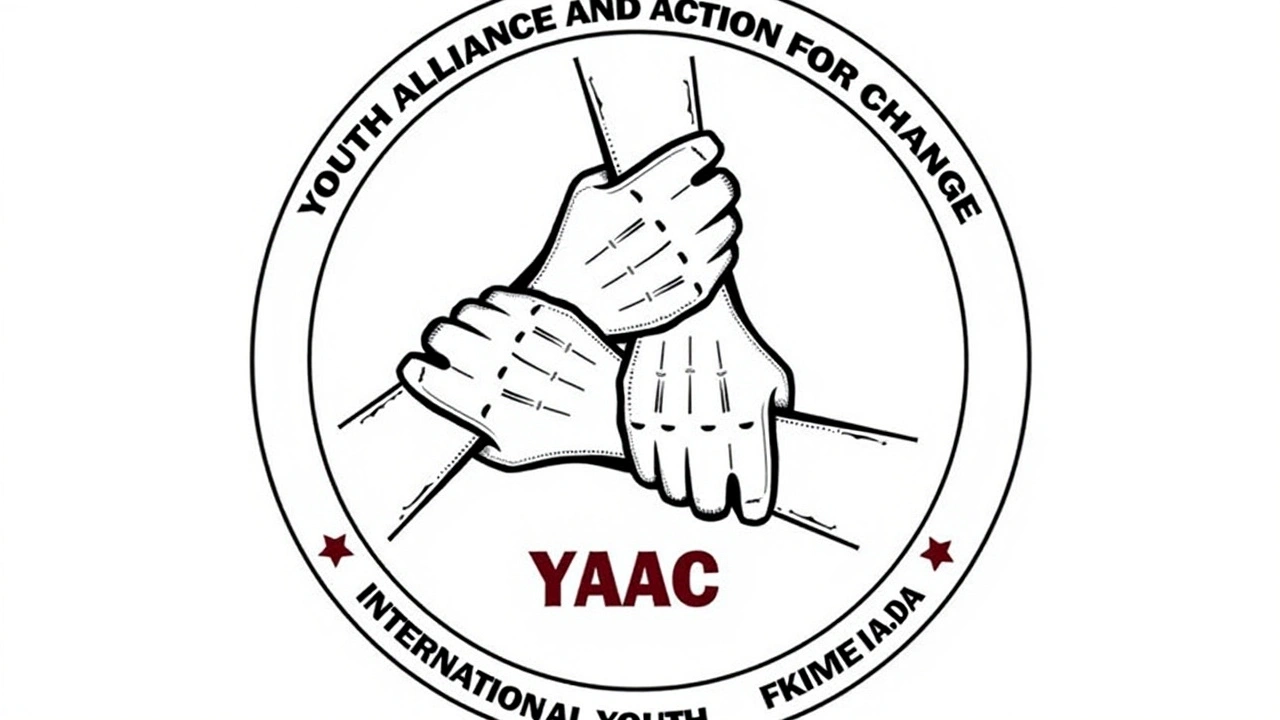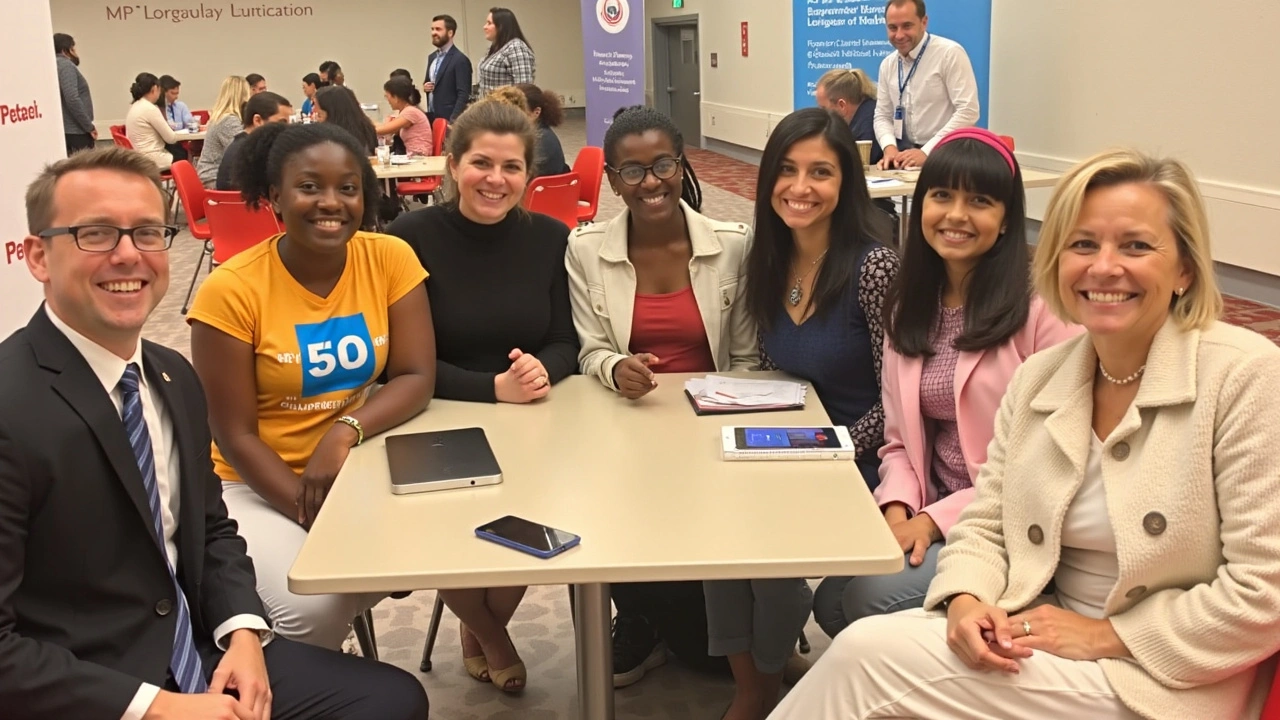International Youth Day: The Crucial Role of Young Volunteers in the American Red Cross
13 Aug, 2024A Legacy of Youth Engagement in the American Red Cross
The American Red Cross has a longstanding tradition of prioritizing youth involvement in its initiatives. This practice stretches back many years and continues to grow in significance. From elementary school students to young professionals, the organization encourages participation at all levels, emphasizing the profound impact young people can have on humanitarian efforts. Their contributions span various programs and activities, reflecting the diversity and commitment of a new generation eager to make a difference.
Diverse Contributions from Young Volunteers
Young volunteers within the American Red Cross are as varied as the communities they serve. These individuals take part in numerous roles, which range from organizing blood drives on college campuses to training to serve in community disaster shelters. High school students often raise funds to vaccinate children worldwide against diseases like measles. The reach of these youth initiatives frequently extends beyond local communities, touching on national and even international issues.
Red Cross Clubs and Field Ambassador Program
One of the ways students can get involved is by joining their school’s Red Cross Club. These clubs offer a robust platform for students to engage in a spectrum of activities, from local service projects to global advocacy. Beyond regular club involvement, high school students can take part in the Field Ambassador program. This initiative enables them to work as liaisons between their local Red Cross regions and the National Youth Council, creating a bridge for greater collaboration and innovation in addressing community needs.
National Youth Council and Continuing Education
The National Youth Council represents another significant opportunity for young people. Comprising youth members who advocate for greater involvement at both national and local levels, the council shapes policies and initiatives that influence the broader scope of the organization. Many students who participate in these programs continue their engagement into higher education by joining Red Cross Clubs on their college campuses. This continuity not only sustains their personal growth but also continuously injects fresh energy and ideas into the Red Cross efforts.
Becoming Future Leaders and Supporters
Young people represent both the present and the future of the American Red Cross. Through their involvement in various services and programs, they internalize the humanitarian values that the organization stands for. This early exposure is crucial, as it prepares them to become future leaders, committed service volunteers, blood donors, and community supporters. The intertwining of these young minds with the mission of the Red Cross ensures that the organization's legacy of compassion and aid will continue to thrive.

Inspiring Stories from Young Volunteers
Throughout the year, numerous young volunteers significantly contribute to the Red Cross in a myriad of ways. Anna Du, for instance, is a dynamic leader serving as the secretary of Davis Senior High School’s Red Cross Club and the Disaster Services Coordinator of the Gold Country Region Youth Executive Board. Under her guidance, the club has initiated various impactful activities such as card-making for veterans and healthcare workers, Missing Mapathons, restaurant fundraisers for disaster relief, school blood drives, and a host of community service projects.
Another exemplary volunteer, Pranav Singaraju, established the Youth IT Team as part of the North Texas Youth Executive Services Board. His innovative work includes developing critical reports that now feature on his region's operations summary board, enhancing the efficiency and effectiveness of data-driven decisions within the Red Cross.
Community Contribution and Engagement
Furthermore, the American Red Cross Club at the University of California, Irvine (UCI) strives to make a tangible difference in Southern California and beyond. Their weekend service events and fundraising activities underscore the vital role of collective community engagement and volunteerism. These efforts not only assist in immediate needs but also build a stronger, more resilient community prepared for future challenges.
Resources and Activity Guides for Youth
The Red Cross offers various resources designed to help young people organize around its mission. These include comprehensive activity guides that facilitate Red Cross-related activities in clubs, youth groups, or classes. These guides outline steps to ensure the success of their endeavors, making it easier for young volunteers to plan and execute impactful projects.
Additionally, the Red Cross provides a list of volunteer opportunities tailored for young people. These include hosting blood drives, recruiting donors, arranging appointments, and participating in service-based events. High school and college students can start Red Cross Clubs, join leadership teams, or apply to be part of Youth Executive Boards. Internships at local chapters or National Headquarters, as well as subscriptions to the YouthWire newsletter, offer further avenues for involvement and growth.

Nurturing Future Leaders
The American Red Cross’s commitment to youth involvement is not just about immediate participation but also about cultivating future leaders. Young volunteers are given a platform to develop skills, gain experience, and understand the profound impact of their contributions. Through these formative experiences, they become prepared to take on significant roles within the organization and continue the legacy of humanitarian service.
In conclusion, the myriad opportunities offered by the American Red Cross for youth volunteers reflect a deep understanding of their potential to drive change. From organizing local blood drives to participating in global healthcare initiatives, these young individuals are integral to the Red Cross mission. Their energy, creativity, and commitment not only support current efforts but also ensure a vibrant, compassionate future for the organization and the communities it serves.

 by
by